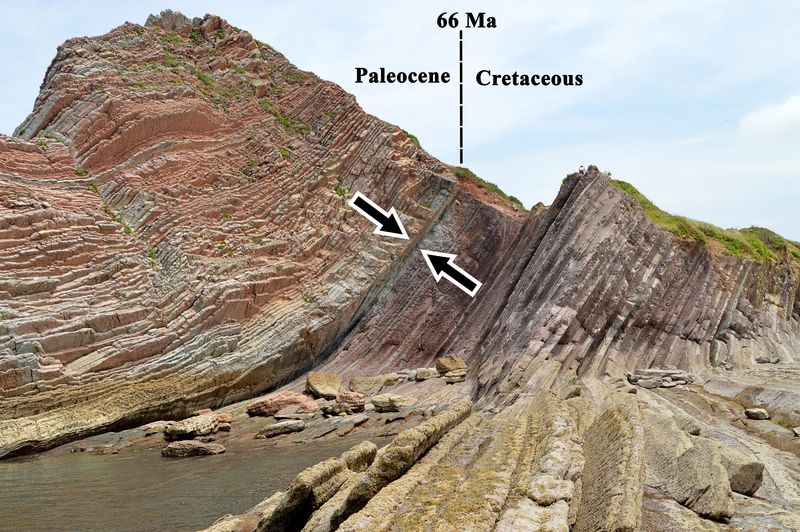This is Parathropus boisei, a lumbering early hominin with a small brain that we can thank for introducing us to the herpes virus during the early stages of our evolution. According to new research, Homo erectus caught the virus at a lake in Africa millions of years ago, most likely through eating P. boisei hominids or by having sex with them.
The virus in question is HSV2, the common strain of herpes simplex virus that causes genital herpes. Researchers from the University of Cambridge and Oxford Brookes University used data modeling to show how this prolific virus jumped from early chimps, through to P. boisei, and onto Homo erectus, which eventually evolved into us, Homo sapiens.
"Herpes infect everything from humans to coral, with each species having its own specific set of viruses," said senior author Dr Charlotte Houldcroft, a virologist from Cambridge's Department of Archaeology.
"For these viruses to jump species barriers they need a lucky genetic mutation combined with significant fluid exchange. In the case of early hominins, this means through consumption or intercourse – or possibly both."
"By modeling the available data, from fossil records to viral genetics, we believe that Parathropus boisei was the species in the right place at the right time to both contract HSV2 from ancestral chimpanzees, and transmit it to our earliest ancestors, probably Homo erectus."
In a study published in Virus Evolution, the team combined information on fossil location and rainforest distribution with viral genetics. It’s likely that P. boisei and Homo erectus would have frequented the same watering holes, such as Kenya's Lake Turkana, around 2 million years ago. At some point during this close contact, the virus spread from P. boisei to Homo erectus.
Palaeontologists have found a lot of evidence from around this time of Homo erectus widely practicing hunting and butchery. So, the most likely explanation is that early humans were eating these small-brained hominins. However, the researchers believe it’s also possible that herpes spread through interbreeding.
"Climate fluctuations over millennia caused forests and lakes to expand and contract," said Dr Simon Underdown, a human evolution researcher from Oxford Brookes University. "Layering climate data with fossil locations helped us determine the species most likely to come into contact with ancestral chimpanzees in the forests, as well as other hominins at water sources."
Over the millennia, HSV2 became one of the most prolific viruses among humans. Around one in every six people aged 14 to 49 years has genital herpes, according to the Centers for Disease Control and Prevention. Most people don't have any symptoms, but some will experience uncomfortable lesions or painful blisters on or around the genitals and rectum. For this rather unpleasant experience, you can thank P. boisei.




